Red Alert: 20 Places to Visit In India Before They Disappear
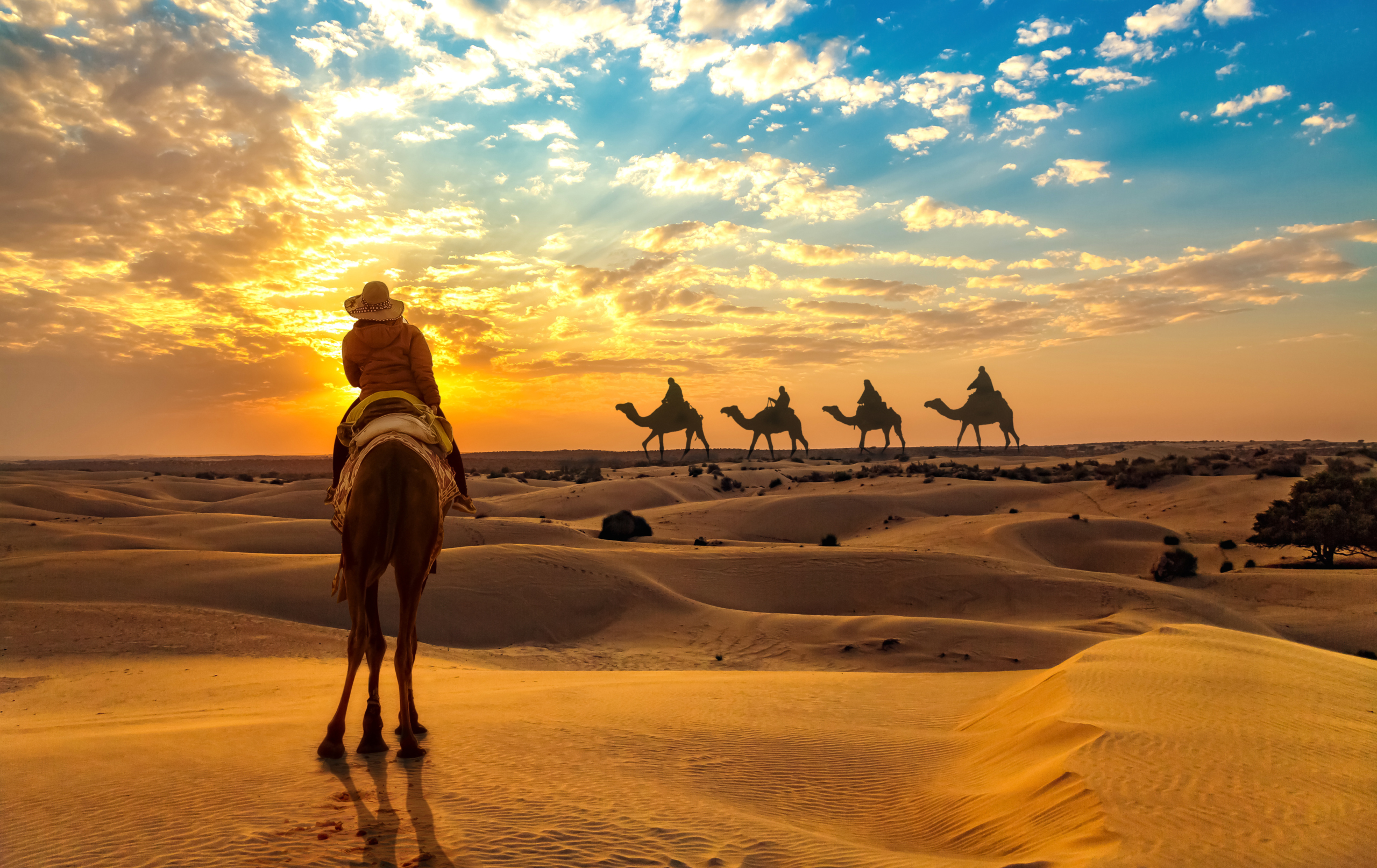
Quick Jumplinks to Navigate
Change they say is the only constant thing in life. Unfortunately this applies to some fascinating places in the country too. A resting place for the departed soul, one of the largest river islands in the world, a monument of love, carpet of alpine blossoms, a region where the only surviving sub-species of the Red Deer family roam about and many such more areas lie in the danger of vanishing. Visit these 20 places before they di.sappear into the history books.
1) The Western Ghats: Abode of 300 threatened species
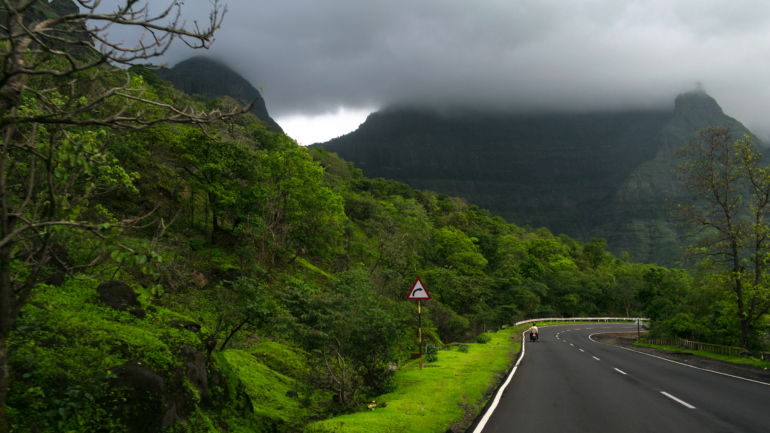
Enjoy the crisp mountain air and natural sights while you can. It was only a matter of time before the green treasures of the Western Ghats came under the scanner of builders and developers. With the Mumbai-Pune Expressway cutting right into the hills, it is no longer an inaccessible region.
This teamed up with its proximity to the cities make them all the more alluring. The land zoning regulations that converted hill and agricultural land to residential and commercial ones too do not help in its conservation.
Rich in flora and fauna, this is where more than 300 threatened species reside. There have already been some angry outbursts about how little is done to protect the Ghats and we suggest you head here quick before it turns into a concrete jungle!
2) Rakhigarhi in Haryana: The largest known city from the Indus Valley civilization
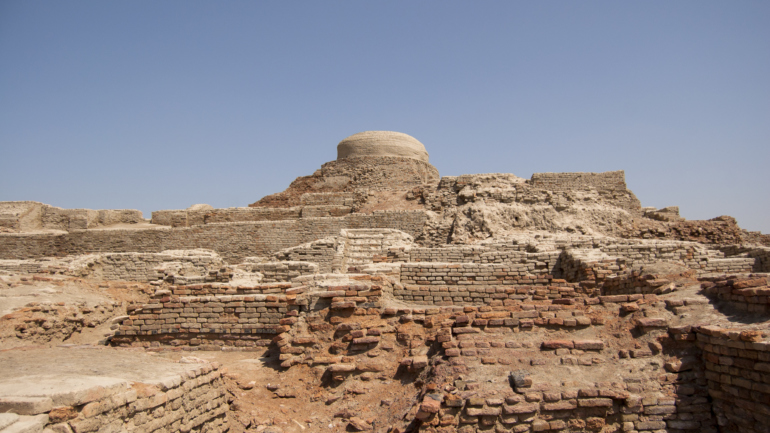
If you are into history and have been fascinated by civilization, then this is for you. Another site that seems to be eroding due to development and other causes is Rakhigarhi in Haryana.
Considered as the largest known city during the period of the Indus Valley civilization, this is one of India’s most prized possessions. However, insufficient management, looting, neglect and threat of development loom large.
Dating back to 5,000 years, Global Heritage Fund declared this place as one of the 10 most endangered heritage sites in Asia. According to a study of Sunday Times, it was found that the villagers sold the priceless artefacts from here and certain areas have been encroached by private houses.
3) Rama Setu, Tamil Nadu: From the epic Ramayana
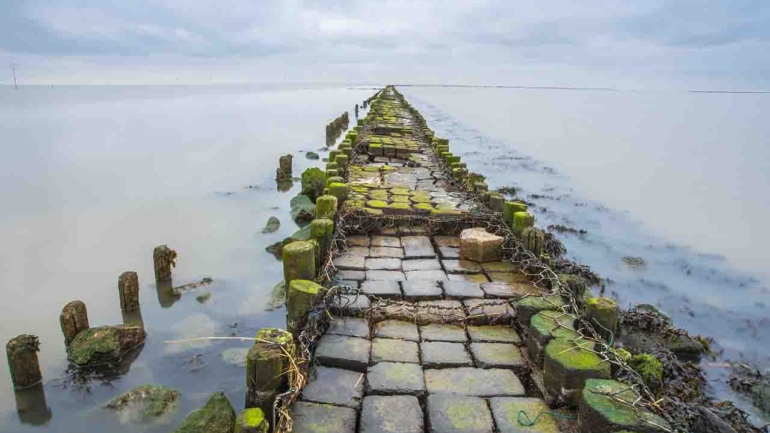
Rama Setu is a bridge that is reputed for its references in the epic Ramayana. It starts as a chain of shoals from the Dhanushkodi tip of India’s Pamban Island and ends at Sri Lanka’s Mannar Island. A symbol of unity, geological evidence alludes that this bridge was once a land connection between India and Sri Lanka.
However the proposal of the Sethusamudram Shipping Canal Project by the Indian government would damage it. The project would entail the unfortunate breaking of the limestone shoals of Rama’s Bridge.
4) Sundarbans: UNESCO World Heritage Site
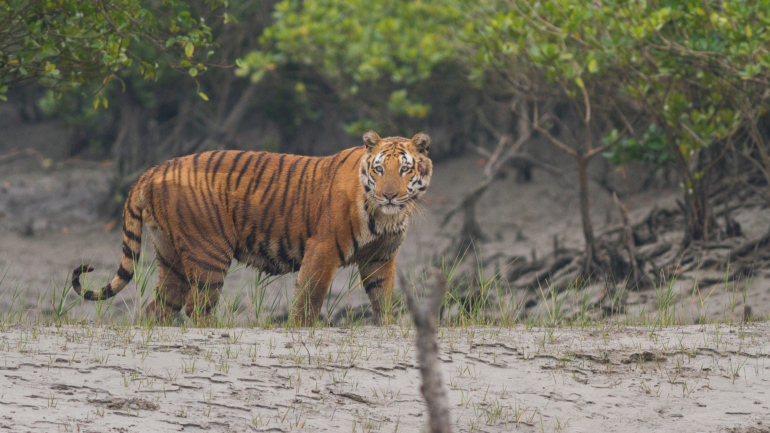
Delve into the enigmatic terrain of wilderness that is the Sunderbans. A UNESCO World Heritage Site and covered with the largest mangrove forests in the world, the Sundarbans is home to many gems, one of them being the endangered Bengal Tiger. It also houses around 334 plant species, various bird species, snakes, crocodiles and other fauna.
Located in West Bengal, an ominous threat lies to the entire region. Low lying in nature, the rising sea levels havealready submerged some parts of it. Due to global warming the sea has already taken down a count of four islands. It is alleged that around 10,000 inhabitants are now environmental refugees. The fear is that the entire site would be under water one day.
5) Dechen Namgyal Monastery, Ladakh: Dates back to 17th century
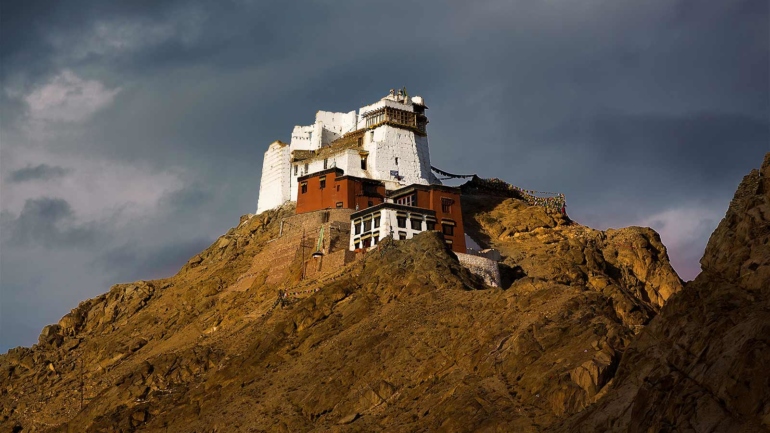
Witness a monastery that dates all the way back to the 17th century and lies in the winsome land of Ladakh City. The Dechen Namgyal Monastery was constructed under the patronage of the Ladakhi king Sengge Namgyal along with the Tibetan priest Stag-Tsang-ras-pa.
Built along an ancient trade route of Leh Ladakh, the architecture of the structure echoes the monastic layout and fortification. Inside are impressive wall paintings and sculptures. However, you might not get to see any of this since insufficient repairs, lack of financial resources, and limited preservation understandings have led to its decline.
6) Balpakram Forest: Resting place for the departed souls
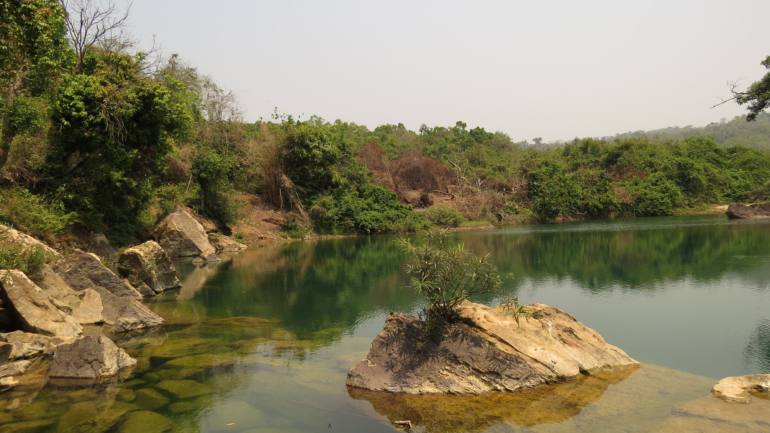
Savour the rare sights of Balpakram Forest that is famous for its forest covered canyon-cum-gorge. It lies in the South Garo Hills district of Meghalaya. Adding to the mystery of the place is the belief of the indigenous people, that the hill is a resting place for departed souls. Several strange formations are said to be formed in this area.
The forests have been vanishing fast due to water damns, shifting cultivation on the hills and coal mines. Along with this deterioration, the exotic wildlife has been disappearing too.
7) Lakshadweep Coral Reef: Transporting you to a lucid dream
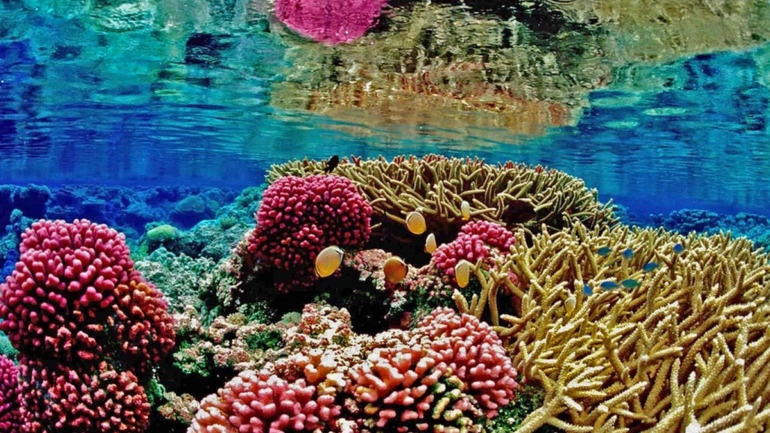
So stunning are the coral reef in Lakshadweep that they transport you to a dream, though this might not be the case for long. According to a study conducted by Kerala State Council for Science, Technology and Environment (KSCSTE), coral reefs face dire threat from pollution, rummaging of navigational channels, coral mining, and blast fishing.
The study also states that sea-level rise triggered by global warming can indirectly have an effect on reefs, lagoons, beaches, and sand dunes.
The island that already has a fragile coastal environment has been subject to increase in population, mining of corals, coastal corrosion,unrestrained construction and unscientific waste disposal. One would dread to think what the plight would be some years later.
8) Chiktan Castle in Kargil: Emerging from a cliff
Reminiscent of a Disney movie, the Chiktan Castle in Kargil emerges from a cliff. It served as a royal residence for hundreds of years even after the power of reign made changes. Constructed in the 16th century, this castle depicts the fine dexterity of Balti (Pakistani) craftsmen. The intriguing structure was once a symbol of unity, strength and community as it prepared the people for impending attacks.
The castle was abandoned in the late 19th century and what once stood grand and mighty is left in a state of degeneration. Neglect and natural elements have been a cause for this. Huge parts of the outer walls have collapsed, one reason being the removal of stone for a local government hospital sometime in the 20th century. The structure is another one on the caution list of WMF.
9) Majuli: One of the largest river islands in the world
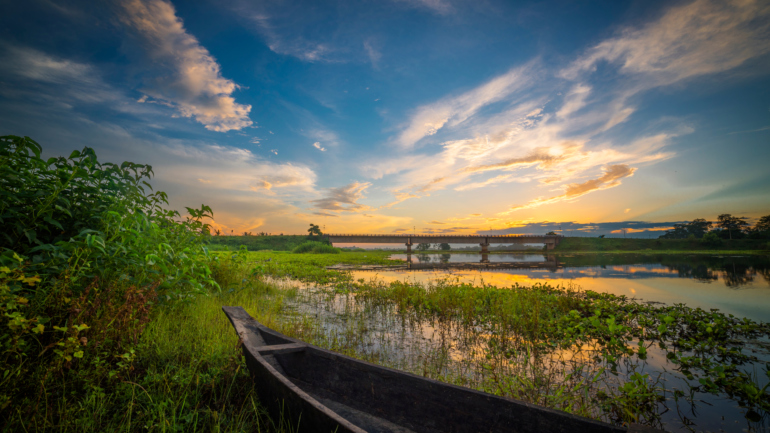
Lap up a view of one of the largest river islands in the world that goes by the name Majuli. Lolling on the banks of the holy Brahmaputra River, the landscape is rather unsullied and portrays nature at its charming best. It also represents a rich cultural heritage. Additionally, there are numerous skiing destinations in india that can make your experiences memorable one.
We suggest visiting this place while you can as it is likely to submerge in 15-20 years due to the erosion of Brahmaputra. In 1950, when an earthquake occurred, the river spilled in the upper reaches of the island creating a huge impact. Though a dyke system was constructed, it failed to be very effective. In 1998 too, the floodwaters brought about destruction and killed standing crops.
10) Valley of Flowers: Carpet of alpine blossoms
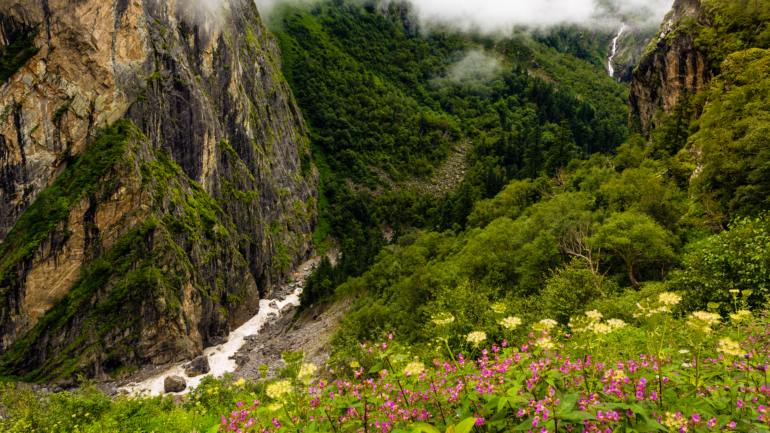
The enchanting Valley of Flowers is a must visit for its carpet of alpine blossoms, charming meadows and gentle landscape. Situated in the state of Uttarakhand, it lures several trekking enthusiasts across the world.
The captivating valley is recognised as a World Heritage Site (UNESCO). Inaccessible through most of the year, this place comes alive when the snow has melted. If you haven’t been there already, here is another incentive.
One of the most stunning natural habitats in the country, this too is in danger due to deforestation, development, and burst of tourism in the fragile land. There is also a threat to the diversity of plants over here.
11) Bhitarkanika Mangrove: Richness of biodiversity
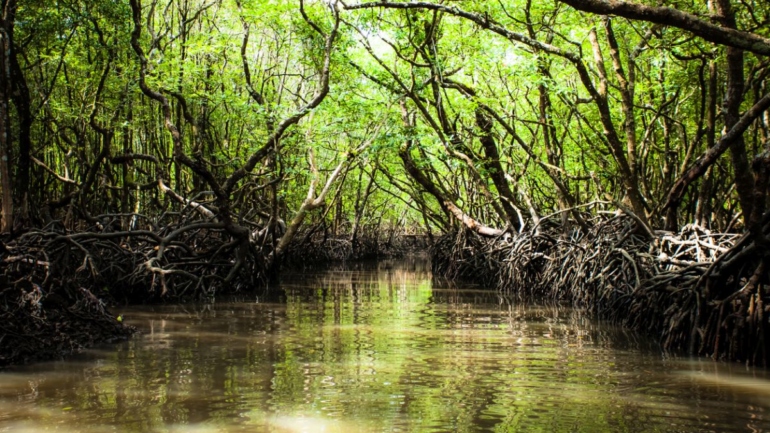
Steeped in the richness of biodiversity, Bhitarkanika Mangrove is a mangrove wetland in India’s Odisha state. It is home to endangered species of Saltwater Crocodiles, White Crocodiles, Indian pythons and King Cobras.
This sensitive land is being corroded quickly due to various reasons. Several humans have encroached upon the land and used the wood in here for household purposes.
There have been allegations that the forest guards accept bribe from unscrupulous villagers and let them carry on with their illegal acts. Heavy human pressure, indiscriminate felling, and decrease in wildlife particularly has added to the woes of the region.
12) Kaziranga: Home to one-horned rhinoceros, the fifth largest land animal
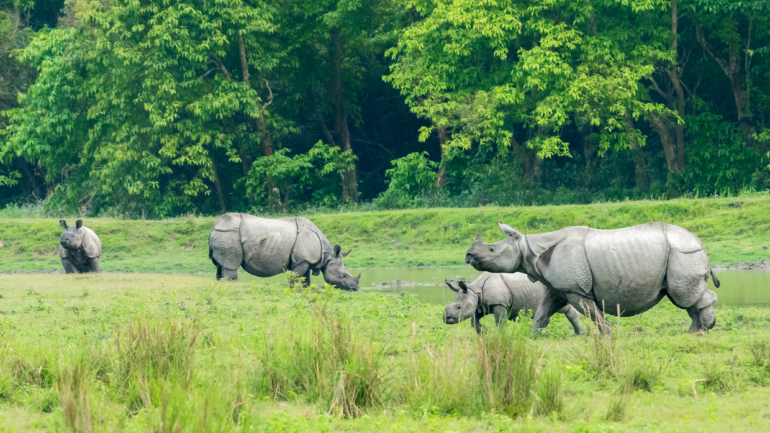
Catch a rare sight of the fifth largest land animal before it is too late! Head to Kaziranga National Park, Assam where you can spot the intimidating one-horned rhinoceros, the only kind in the world. The tall elephant grasslands, marshland and many water bodies of this area make it a prefect abode for this animal.
A huge population residing in the entire stretch of the Indo-Gangetic Plain once upon a time, their number has reduced to a great extent due to excessive hunting. Today around 3,000 are said to live in the wild. It is said to be getting invaded by the locals and people have been settling too close to the area.
13) Himalayan Glaciers: Breath-taking landscapes
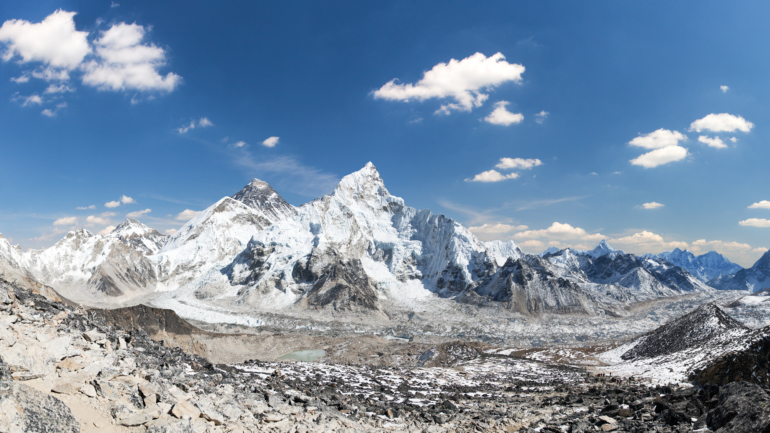
The majestic Himalayas make an intriguing destination for its breath-taking landscape, snow-capped peaks, rare flora and fauna along with high-altitude glaciers like the Kanchenjunga, Mount Everest and Siachen glacier. However the melting of the glaciers due to global warming is of serious concern due to the damage that it would cause.
According to a research released by The University of Milan, in the course of the last 50 years, glaciers in the Everest region had shrunk by 13% and that the snowline of the mountain used to be about 180 metres higher.
14) Dachigam National Park: Kashmir Red Stag (Hangul), the only surviving sub-species of the Red Deer family
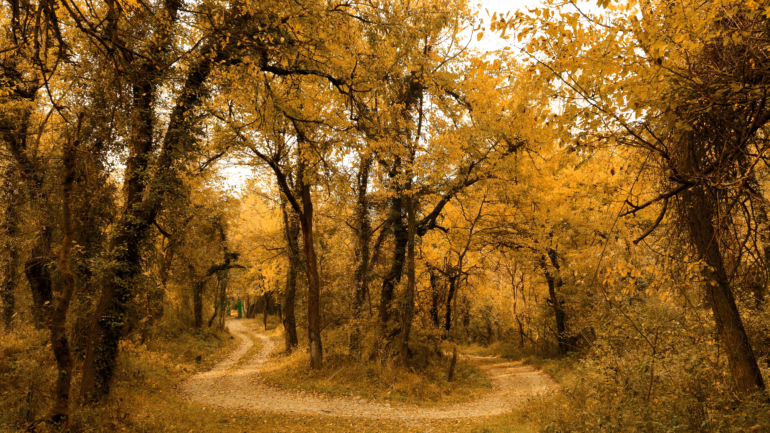
A vision of grace and beauty, the Red Stag prefers to retreat into the bountiful riverine forests, high valleys and mountains of exquisite Kashmir. The only surviving sub-species of the Red Deer family, the Kashmir Stag roams about in Dachigam National Park that rests on the foothills of Zabarwan range. Once a thick population of more than 5000, there are barely 220 left according to a 2011 survey. Today it is said that the number has gone upto 300, but still remains little.
The political turbulence of the state, overgrazing of cattle into Hangul’s terrain, loss of habitat are some of the reasons for the diminishing state of the animal. The Dachigam National Park was also affected by terrorism and the animals were killed by terrorists just for meat.
15) Jaisalmer Fort: Ethereal golden vision
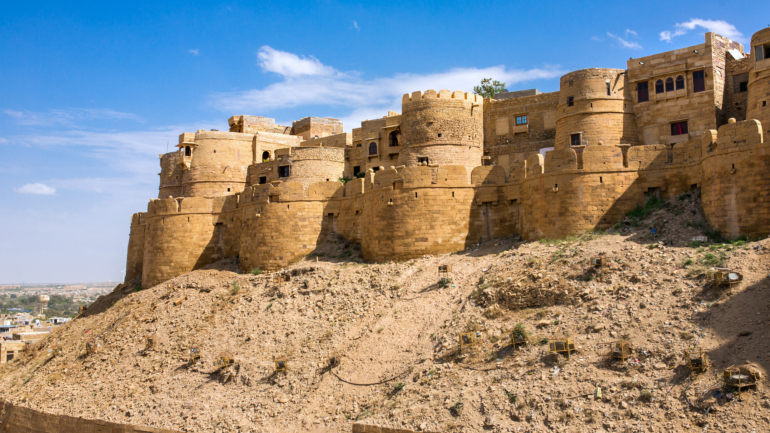
Bask in the golden vision of a fort that emerges out of the vast expanse of sand. One of the largest fortifications in the world, Jaisalmer Fort in Rajasthan makes for an interesting visit. Several families still live within its premises.
The World Monuments Fund has brought this shrine to notice in its World Monuments Watch thrice till now. This is due to the increase in the living population and visitations by tourists (a count of five to six hundred thousand people annually).
Additionally, water seepage and inadequate civic amenities have added to the troubles. The fortress was constructed over a weak sedimentary rock foothill because of which foundations are vulnerable to seepage.
16) Hemis National Park: Home to Snow Leopards, part of the IUCN Red List of threatened species
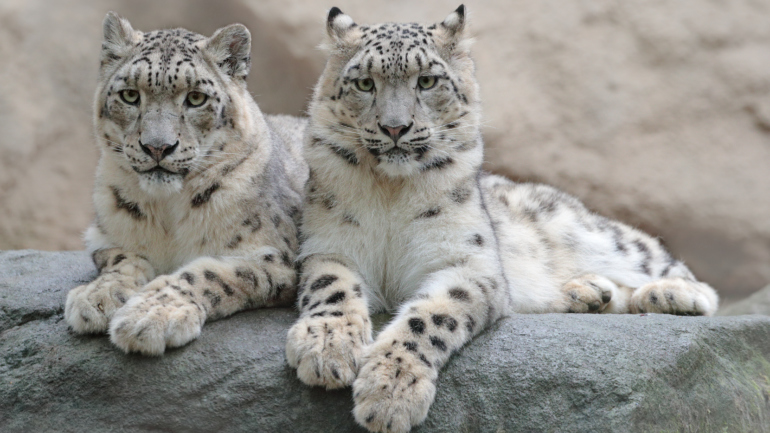
Revel in the rare sight of the snow leopard. Listed as endangered on the IUCN Red List of Threatened Species, the population of the snow leopard has been on the diminishing side. These fascinating creatures are considered as members of the Panthera group and prefer wandering in high altitude rocky mountain ranges.
To catch a glimpse of them before they vanish, head to Hemis National Park where around 200-600 of them are said to be roaming about. Home to a one-of-a-kind species found in north of the Himalayas, this high altitude National Park is located in the icy Eastern Ladakh region.
17) Kothi, Qila Mahmudabad: Integral during the First War of Independence
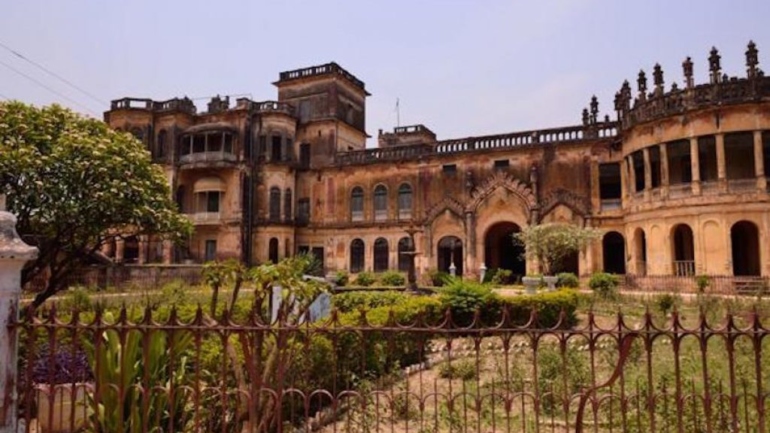
Retrace history as you witness a critical landmark belonging to the 17th century. The Kothi in Qila Mahmudabad is a stunning example of the royal Awadhi architecture and holds a historic significance. Having played an important role in the first war of Independence in 1857, the opulent structure was totally destroyed by the British. Using the original plinth, it was rebuilt soon after.
This was also the very place that legendary Begum Hazrat Mahal, (the Indian freedom-fighter who played a pivotal role during India’s First War of independence) took refuge once. Today, the Kothi is a prominent religious and cultural centre. It houses one of the finest libraries in the Urdu and Arabic languages. However, it is hard to say how long this place will survive.
Covering an expanse of 67,650 square feet, managing the entire structure is difficult. There are also some portions here that have not been used for half a century. Adding to the deterioration is negligence, age, and seismic damage. All this makes it among the 93 endangered heritage sites identified across the world by the World Monument Fund (WMF).
18) Sasan Gir National Park: Home to the Asiatic Lion, King of the jungle
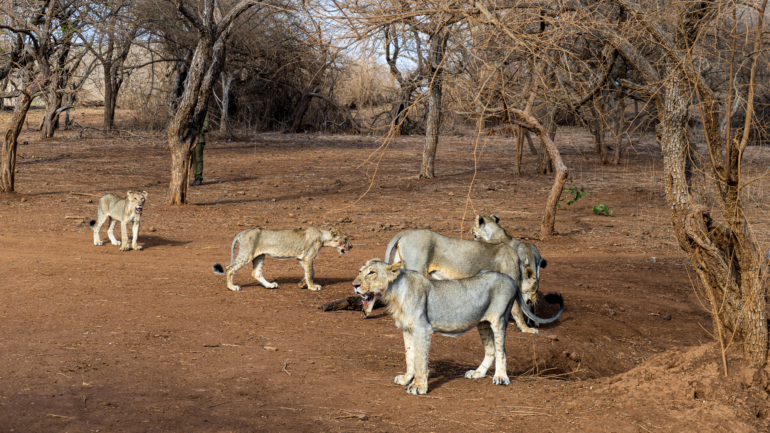
Get a glimpse of what the king of the jungle looks like before it’s too late. Listed as Endangered by IUCN due to its small population size, they are slightly smaller than the African lions.The ideal place to witness these roaring animals is at the Sasan Gir National Park, Gujarat.
The environs of semi deciduous forests make it a comfortable stay for them. The good news is that there has been a steady increase in the number of lions residing here.
19) Shrinking Wular Lake: One of the largest freshwater lakes in Asia
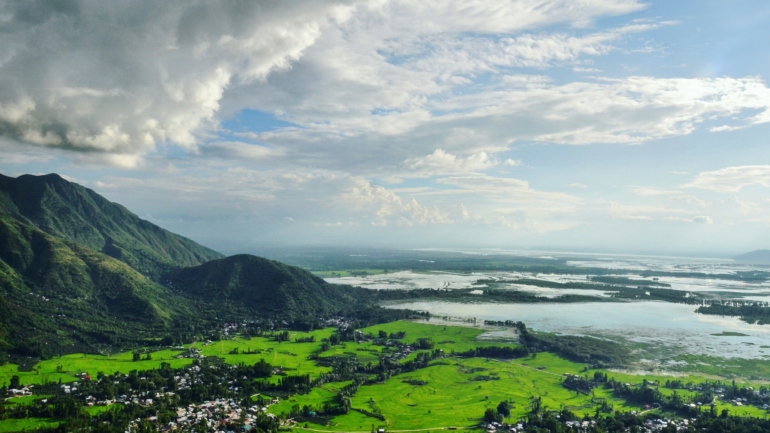
As stunning as it is, the Wular Lake in Jammu and Kashmir is one of the largest freshwater lakes in Asia. In recent years, several water sports like boating and water skiing have become available on this water body.
However, the pristine lake might no longer remain so as it faces many environmental hazards due to pollution and the hunting of waterfowl and other birds. With wetlands around this water body shrinking drastically, the size too remains a matter of question.
20) The Taj Mahal: Monument of love
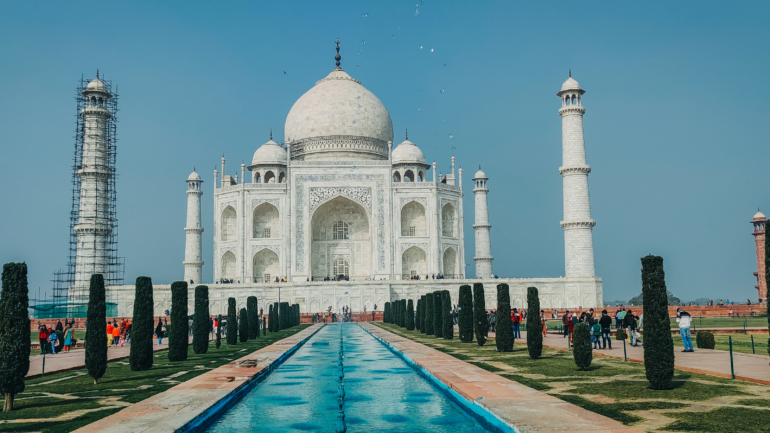
Visit this monument of love that has tourists thronging from all over the world just to catch a glimpse of its magnificence. One of the seven wonders of the world, it took more than 15 years to build the opulent beauty. In the past too there had been many concerns as the lustrous white marble was turning yellow.
Some precautions were taken like the factories were closed and vehicle emissions reduced. However, the current plight of increase in pollution of air and river has further lead to the yellow satins and deterioration of the marvel. The structure’s foundation too might be sinking in the Yamuna River.With an estimated of 40000 people visiting a day, the entry might get restricted.
